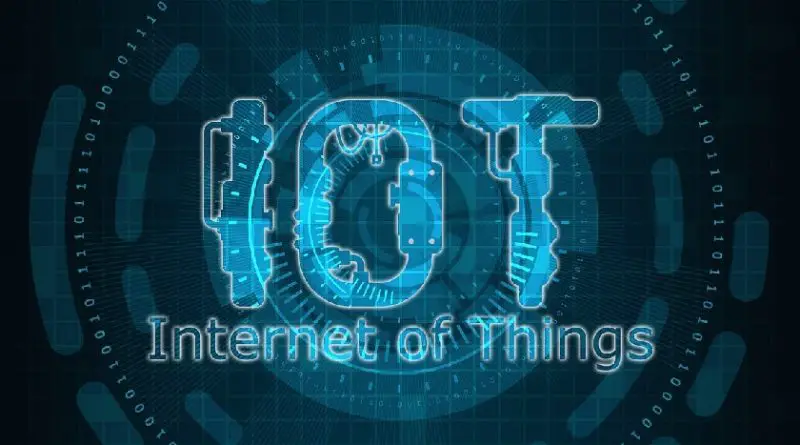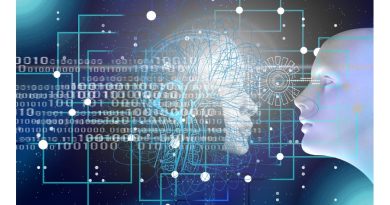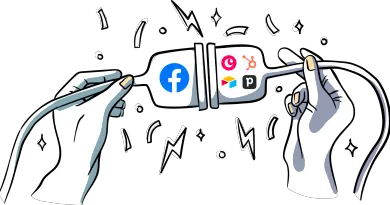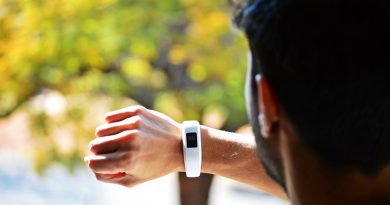The Role of Artificial Intelligence in the IoT
The Internet of Things (IoT) and Artificial Intelligence (AI) technologies are interconnected, AI can analyze data generated by IoT devices and systems, improving their performance and functionality. AI-enabled IoT has various applications such as healthcare, smart cities, transportation, and manufacturing. The future of AI and IoT is expected to bring more integration and innovation in various industries, making devices and systems more intelligent and efficient.
The Internet of Things (IoT) refers to the interconnectedness of physical devices, vehicles, buildings, and other items embedded with electronics, software, sensors, and connectivity which enables these objects to collect and exchange data. The IoT technology allows these devices to communicate and interact with each other and with their environment, making it possible to control and automate tasks without human intervention.
Artificial Intelligence (AI) is a broad field of computer science that involves the development of algorithms and systems that can perform tasks that typically require human intelligence, such as learning, problem-solving, decision-making, and pattern recognition. AI is used to process and analyze large amounts of data, and to make predictions and recommendations based on that data.
The connection between IoT and AI lies in their ability to work together to collect, process, and analyze data from IoT devices and systems. IoT devices generate vast amounts of data, and AI algorithms can be used to make sense of that data and extract valuable insights. By integrating AI into IoT systems, it is possible to analyze data in real-time and make decisions that can improve the performance and functionality of IoT devices and systems.
The Basics of IoT
The Internet of Things (IoT) is a network of physical devices, vehicles, buildings, and other items embedded with electronics, software, sensors, and connectivity which enables these objects to collect and exchange data. The IoT technology allows these devices to communicate and interact with each other and with their environment, making it possible to control and automate tasks without human intervention.
The history of IoT can be traced back to the 1980s, when the concept of connecting everyday devices to the internet was first introduced. However, it wasn’t until the 2000s, with the advent of low-cost microprocessors, wireless technology, and cloud computing, that the IoT began to gain traction.
IoT works by connecting devices to the internet, allowing them to send and receive data. These devices are equipped with sensors, which collect data about their environment and transmit it to the cloud, where it can be analyzed and used to make decisions. The key components of an IoT system include IoT devices, gateways, servers, and applications.
IoT is being used in various industries to improve efficiency, reduce costs, and enhance customer experiences. Some examples include:
- Smart homes, where IoT devices are used to control lighting, temperature, and security systems.
- Healthcare, where IoT devices are used to monitor patients’ vital signs and provide remote consultations.
- Agriculture, where IoT devices are used to monitor soil and crop conditions, and optimize irrigation and fertilization.
- Retail, where IoT devices are used to track inventory and improve supply chain efficiency.
- Transportation, where IoT devices are used to optimize traffic flow, reduce emissions, and improve public transportation.
The Basics of Artificial Intelligence
Artificial Intelligence (AI) is a broad field of computer science that involves the development of algorithms and systems that can perform tasks that typically require human intelligence, such as learning, problem-solving, decision-making, and pattern recognition. AI is used to process and analyze large amounts of data, and to make predictions and recommendations based on that data.
The history of AI can be traced back to the 1950s, when researchers first began to explore the idea of creating machines that could mimic human intelligence. However, it wasn’t until the late 20th century, with advances in computer technology and the availability of large amounts of data, that the field of AI began to take off.
There are several types of AI, including:
- Rule-based AI, which follows a set of pre-determined rules to make decisions.
- Expert systems, which use knowledge from experts in a specific field to make decisions.
- Neural networks, which use patterns in data to make predictions.
- Natural language processing, which enables machines to understand and respond to human language.
AI has various applications, such as:
- Robotics, where AI is used to control the movement and behavior of robots.
- Image and speech recognition, where AI is used to identify objects and speech.
- Healthcare, where AI is used to analyze medical images and make diagnoses.
- Finance, where AI is used to detect fraud and predict stock prices.
AI can be integrated into IoT systems in several ways, such as:
- Edge computing, where AI algorithms are run on IoT devices, allowing them to make decisions without the need for a connection to the cloud.
- Cloud-based AI, where IoT devices send data to the cloud, where it is analyzed by AI algorithms.
- Hybrid systems, which combine edge computing and cloud-based AI to balance the need for real-time decision-making with the need for large-scale data processing.
The Role of AI in IoT
AI can improve IoT performance and functionality in several ways:
- Predictive Maintenance: AI-enabled IoT devices can predict when maintenance is needed, reducing downtime and increasing efficiency.
- Smart Home Automation: AI can learn the habits and preferences of occupants, and make adjustments to lighting, temperature, and other settings.
- Smart City Management: AI-enabled IoT can optimize traffic flow, reduce emissions, and improve public transportation.
- Predictive Inventory Management: AI-enabled IoT can predict when inventory is running low, and automatically reorder items.
- Fraud Detection: AI-enabled IoT can detect suspicious activity in real-time, reducing the risk of fraud.
AI-powered IoT applications can be found in various industries such as:
- Healthcare: AI-enabled IoT devices can monitor patients’ vital signs and provide remote consultations.
- Agriculture: AI-enabled IoT devices can monitor soil and crop conditions, and optimize irrigation and fertilization.
- Retail: AI-enabled IoT devices can track inventory and improve supply chain efficiency.
- Transportation: AI-enabled IoT devices can optimize traffic flow, reduce emissions, and improve public transportation.
There are several examples of AI-enabled IoT in real-world scenarios, such as:
- In healthcare, AI-enabled IoT devices are used to monitor patients’ vital signs, and provide remote consultations.
- In agriculture, AI-enabled IoT devices are used to monitor soil and crop conditions, and optimize irrigation and fertilization.
- In transportation, AI-enabled IoT devices are used to optimize traffic flow, reduce emissions, and improve public transportation.
- In retail, AI-enabled IoT devices are used to track inventory and improve supply chain efficiency.
Future of AI and IoT
The future of AI and IoT looks promising, with advancements in technology expected to drive further integration and innovation in various industries.
Some of the key trends and developments in the future of AI and IoT include:
- Edge computing: With the increasing amount of data generated by IoT devices, edge computing will become more prevalent, allowing AI algorithms to be run on IoT devices and make decisions in real-time, without the need for a connection to the cloud.
- 5G and 6G networks: The roll-out of 5G and 6G networks will enable faster, more reliable connectivity between IoT devices, making it possible to process and transmit more data in real-time.
- Blockchain: The use of blockchain technology in IoT systems will increase security and trust, making it possible to share data between devices and organizations in a decentralized, secure way.
- AI-based automation: AI-based automation will become more prevalent, with AI-enabled IoT devices and systems being able to perform tasks with minimal human intervention.
The future of AI and IoT is expected to have a major impact on various industries such as:
- Healthcare: AI-enabled IoT devices will be used to monitor patients’ vital signs and provide remote consultations, improving health outcomes.
- Smart Cities: AI-enabled IoT will be used to optimize traffic flow, reduce emissions, and improve public transportation, making cities more livable and sustainable.
- Industry 4.0: AI-enabled IoT will be used to optimize production processes, reducing costs and increasing efficiency in manufacturing and other industries.
- Agriculture: AI-enabled IoT will be used to monitor soil and crop conditions, optimize irrigation and fertilization, and improve crop yields.




